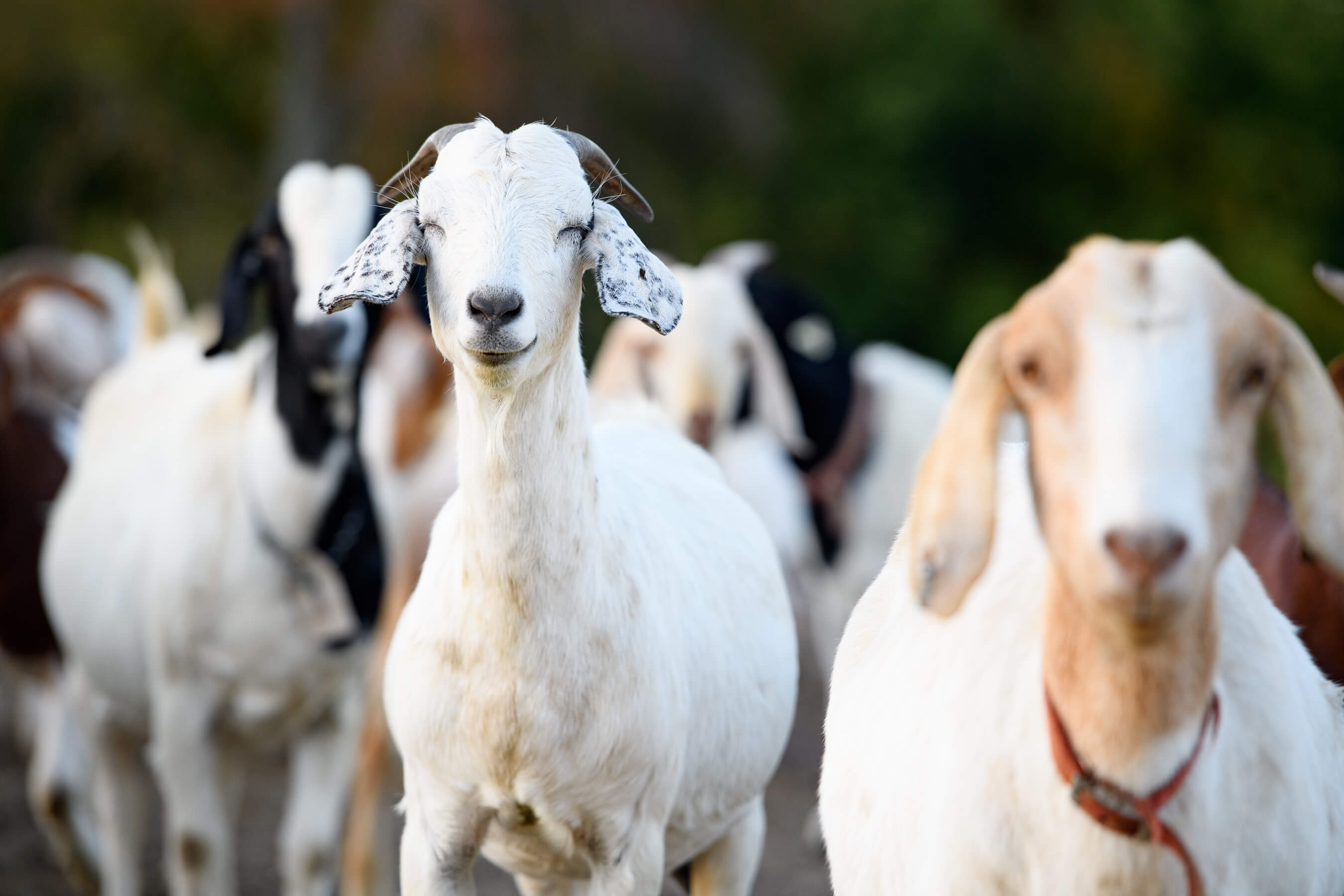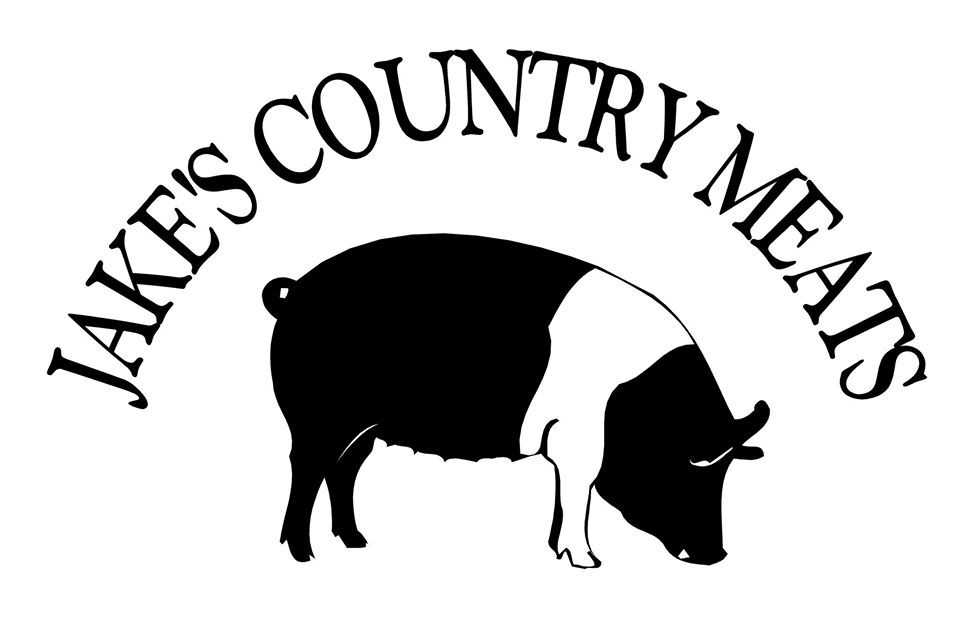Soil Mates
posted on
June 11, 2021
One of our farming philosophies is to utilize our livestock to promote healthy soil. Why? Soil is the most important asset a farmer has when growing food for themselves and animals. Since we raise animals on our farm, it’s sensible for us to utilize the animals’ natural abilities to make our soil healthier, by grazing the grass to a manageable length, all while fertilizing the ground with their manure.
On the other hand, livestock can deplete the soil if allowed. You can visibly see this at our farm if you visit our self-serve farm store called The Meat Shed. We have a small pen of goats and a calf near the road. These animals are not used to promote healthy soil; instead, their main purpose is to introduce our children and customers to farm animals.
These animals are friendly, playful, and offer people a chance to see a glimpse of farm life. Our kids spend a lot of time in the pen with the animals, learning about their features, instincts, and needs. Since these animals are not moved often, you will notice the roots of trees and some soil erosion throughout the pen. If we applied this purpose to all of our animals on the farm, we wouldn’t have much land left. Therefore, moving the majority of our animals consistently while giving them adequate space to roam and graze is the more sustainable option.
Once you enter the main gates to our farm, you’ll then notice the difference. We have some fields covered in crops, others resting with no activity, and some with animals living within them. There will be pastures in many different stages: overgrowth, undergrowth, and those that look “just right.” It’s all part of a pasture management plan implemented by farmer Nick and our great farmhands.
When asking Nick about the ease of moving animals throughout the fields, he ranked them from easiest to hardest.

The easiest movers of all the livestock we raise are the goats. They naturally move, yet tend to ignore fencing, no matter how high or how much electricity. Although this can be a nuisance to us and our neighbors, in terms of ease to move, they always win.
Cattle are the first runner-up. Nick’s cattle come when called. They associate his voice with new pasture and are always eager to see what is next. In order for the cattle to trust Nick’s voice, he develops familiarity within the herd and offers the incentive of fresh food time and time again. Here is a fun video showing you Nick’s cattle call, and how simple it is for them to move pasture to pasture: https://youtu.be/jRkH7hqKwAg
Third on the list are the pigs. Our family has the most experience moving pigs. However, pigs are the most cunning and require us to “think like a pig.” We utilize trickery in order to accomplish the move, by placing gates and fences along their pathways to direct them accordingly, or trailing meal on the ground from a tractor. Pigs believe there is always a better way, and need a good con-job to make them think that our way is the best.
It’s best to never leave any pigs behind when moving their herd. It is challenging to gather any strays from the field when the majority of the herd has moved on to greener pastures. They will run and hide and scoot away from you as quickly as a field mouse! However, if executed with a smart plan, and adequate fencing, you can move a large group of pigs within an hour.
Turkeys are next. These funny animals typically will move if guided by us and the farm dog. We’ve utilized brooms to help with the process. The brooms mimic flight birds of prey which give the turkeys reason to flee. It is also helpful that they all tend to flock together.

Last on the list are the oh-so-wonderful chickens. In Nick’s words “chickens don’t move.” We have to move their water source and feed source first, then they eventually move. Chickens teach us a lot about our lack of patience.
Regardless of which species of animal we are moving, as their caretaker, it’s important to understand the instincts unique to each one in order to move them easily and stress-free.
One way to make moving animals easier is to identify the animal’s eye placement. Birds tend to look up, and forward. Pigs quickly move their heads to see in all directions and have a better peripheral than most. Cattle have limited movement for seeing behind them, which can result in startled cattle if not approached with this in mind. If the animal seeing us is not enough to cause movement, we implement our voices to speed up the process. However, too much noise without an animals’ sight can cause chaos and not work in anyone’s favor.
After utilizing different techniques to move our livestock, we are sure the extra attention will benefit our land. If managed properly, the manure left behind from the animals can help promote healthy soil, lessening the need to use synthetic fertilizers. The roots of the plants are strengthened and the organic matter left behind can do its job regenerating new life, creating food for future animals while encouraging a robust ecosystem.




